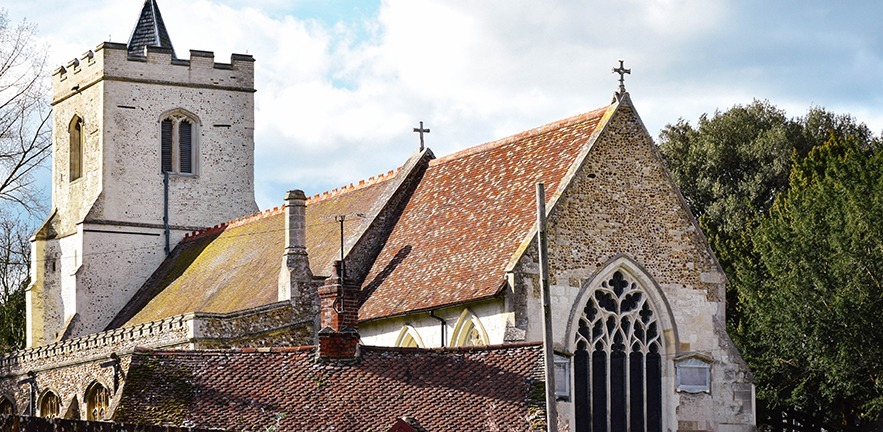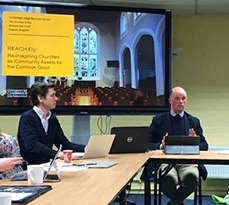REACH Ely, a three-year project to help communities make fuller use of their historic churches, has recently been presented to the Historic Religious Buildings Alliance and Rural Deans.

Presentation at the Historic Religious Buildings Alliance in London

The project team was invited to give a presentation in March 2019 on REACH Ely and its progress at the quarterly Members’ Briefing meeting organised by the Historic Religious Buildings Alliance (HRBA).
The meeting was attended by HRBA members, church building consultants and representatives from partner organisations. Participants learned about REACH Ely’s aims in helping churches reach the approximately 97 per cent of people in their local communities who currently have little or no involvement with their local church. The REACH Ely team also presented the overview of the first year of the project that involves researching and developing an effective methodology for achieving the engagement with those 97 per cent, including fifty case studies of churches in the diocese.
HRBA is an independently-funded group within the Heritage Alliance, the England’s biggest coalition of heritage organistions, over 100 in total. HRBA advocates for heritage interests and a secure future for historic religious buildings.
REACH Ely presented for rural deans
The Diocese of Ely’s Church Building Consultant Geoffrey Hunter and REACH Ely Research Associate Timur Alexandrov presented the project at the Rural Deans Meeting held at the Diocese of Ely on 30 October 2018. Project strategy plans, website ideas, and a call for case study materials were discussed with the deans. Further individual engagement with deaneries to be conducted in year one to gather case materials. The approach to seeking out further case studies will be for half of them to be self-selected, through responding to publicity and approaches via rural deans. The other half of cases will be selected using available statistical data.

